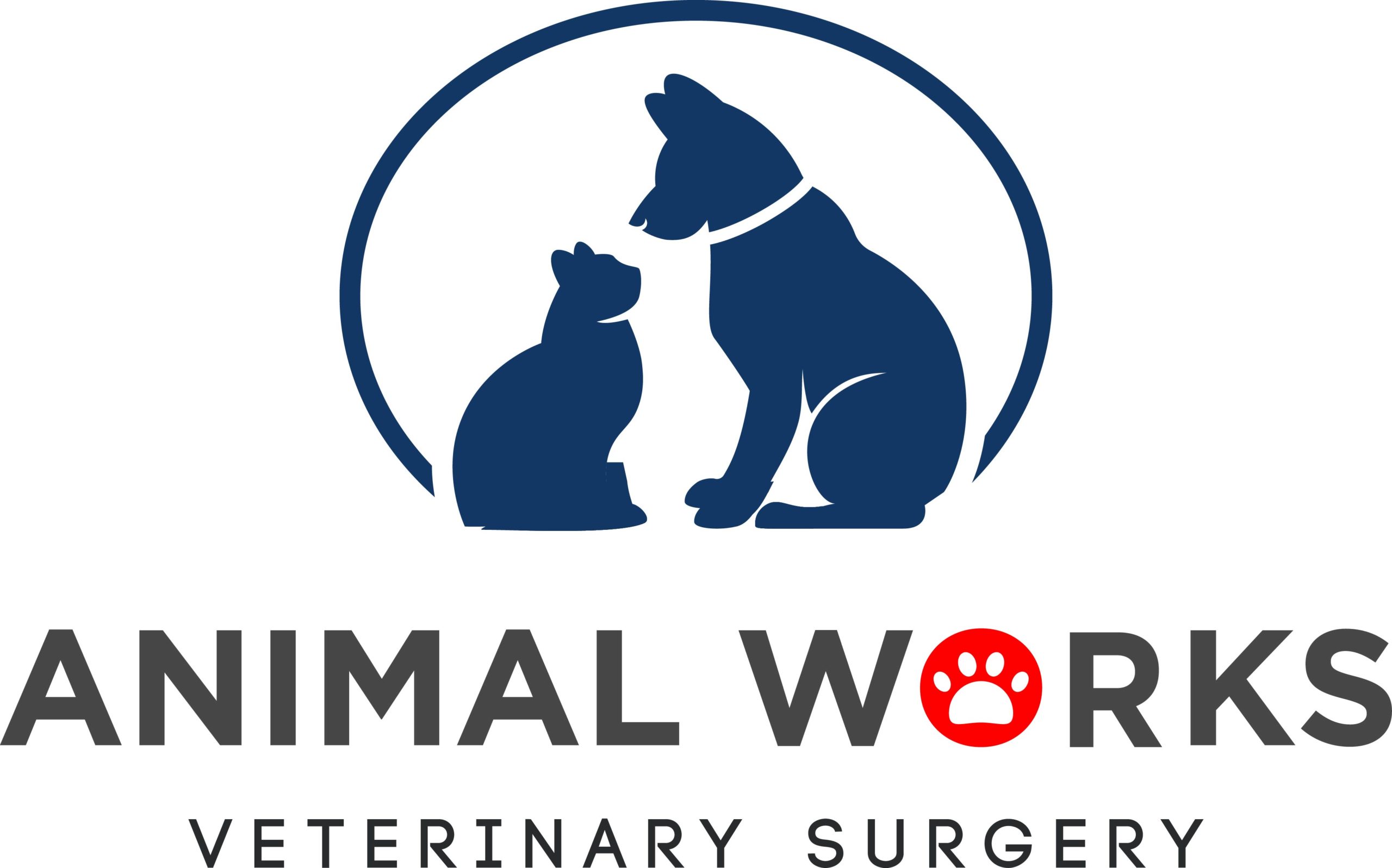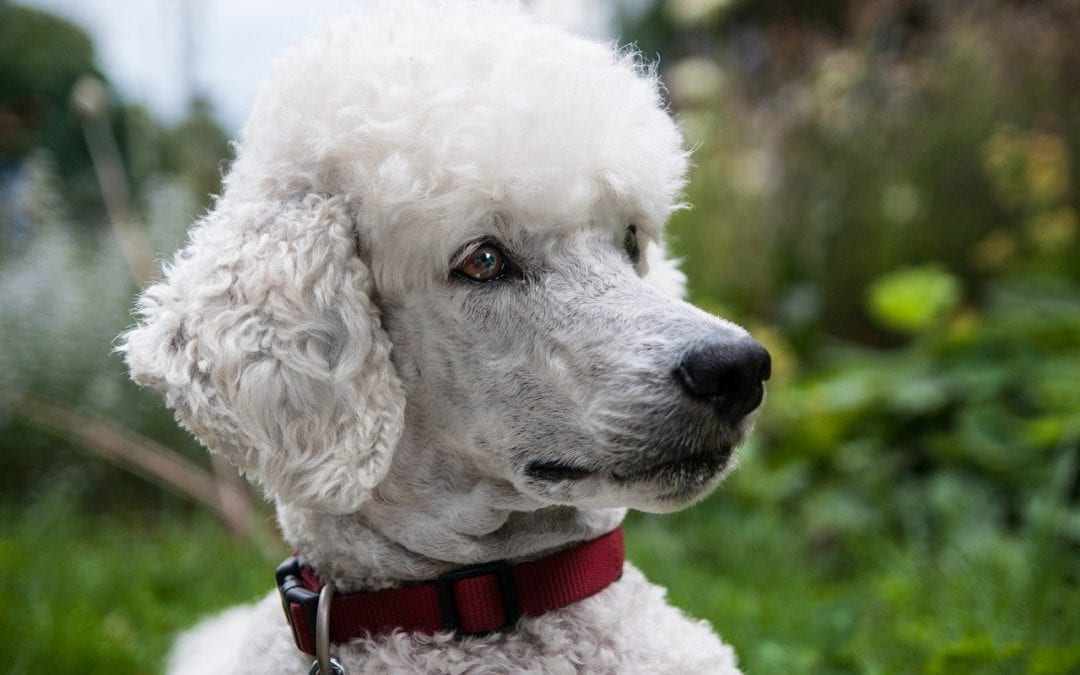Have you noticed an unusual lump on your furry friend? As pets get older lumps and bumps become more common, but they can occur at any age. This might be scary or alarming, but we at Animal Works are here to talk you through everything you need to know about testing and removing masses. These next few steps will guide you through identifying something abnormal all the way to recovery from a potential mass removal.
#1 Check your pet regularly for new bumps and to monitor older ones.
The first person to notice something wrong is most likely you! We recommend checking your pet and strengthening your bond by petting them all over. Simply feel and look for any unusual bumps or lumps. Tumors, growths, masses, lumps, and bumps are all just ways to say something is there that shouldn’t be. Most of the masses that owners find are on or just below the skin, whereas a veterinarian has a wider array of tools to find growths in other parts of the body. Now that you’ve found a mass, the question you’re most likely asking is “Is this serious?”. It’s the right question to ask because not all masses will require surgery or pose a health risk to your fur baby.
#2 At the vet visit
We recommend checking in with your veterinarian any time you spot a new growth, or if an old one is starting to behave differently than it did in the past. A tumor can come from any cell in the body, and different tumors will behave differently. While many will be benign, some will be malignant and require surgery to remove. Sometimes, just by asking a few questions and feeling the mass, your vet will be able to feel confident about the type of tumor it is, but sometimes we will need further testing. The most common tests are a biopsy and a fine need aspirate. When biopsying, we at Animal Works like to remove as much of the tumor as possible and send a sample of it into the lab for analysis. If we are able to remove the entire growth, and the lab confirms it’s benign, your pet has been cured! If not, together you and our team will be able to set up a plan for the next steps.
#3 What happens during surgery?
In order to safely remove any masses, we will need to put your pet under general anesthesia. During this time, our surgeon and technician will constantly monitor your pet’s vitals (blood pressure, breathing rate, oxygen concentration, heart rate, and temperature) and adjust anesthesia accordingly. We will administer multiple types of pain medications as well as IV fluids. We will prepare the surgical site by clipping the fur and sterilizing it with surgical scrub. Our surgeons will then attempt to remove the tumor and any abnormal tissue surrounding it. Finally, the incision will be closed using dissolvable sutures.
#4 After surgery
Now that the lump is off and the incision is closed, it’s time for you to ensure the wound heals well. The first two weeks are the most important for the skin to remain closed and prevent infection. This means, the Elizabethan collar (or cone). In addition to making sure your friend can’t lick the incision, you need to make sure they aren’t pulling the stitches or being overactive.
Regrowth of certain tumors is possible, and sometimes common despite a good surgical procedure. You should ask your vet if they think the tumor your pet has is most likely in this category or not. Any testing should help confirm whether or not this is the case.
If you’ve noticed any abnormal bumps on your pet, please contact us to set up an exam.

